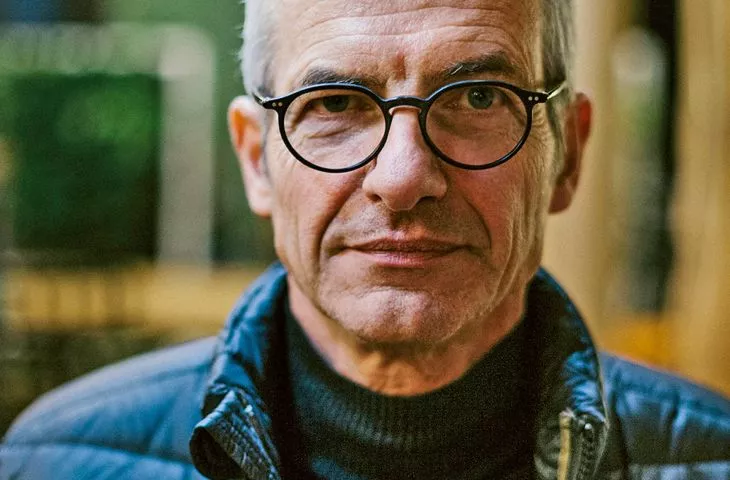The future of architecture without shuffling
Justyna: So how do you envision the future of architecture?
Gabriel: When we think about the future of architecture, we don't think about the search for a new style. We used to have the Renaissance, which transformed into Baroque, which in turn transformed into Classicism. Later came Modernism, which rejected all ornament. Modernism developed into postmodernism and so on. What these styles have in common, however, is that they were defined later, as a result of the architecture created in those times. When we try to define contemporary or future architecture, let's not think in terms of style. It's about our attitude and how we approach design.
Tobias: I don't think we need style at all to do what we do. We need to give the public buildings that are functional, take care of proportions and materials. These are universal principles, timeless and unchanging for any era.
Gabriel: When we think about the future of architecture, we have to go back to its fundamental principles, go back to the roots.
Historical Oberamteistrasse, Reutlingen - the patrician houses on Oberamteistrasse are among the oldest continuous rows of half-timbered houses in southern Germany; first place in a competition to build a new support structure on the site of a demolished building to stabilize the existing building, proj.: wulf architekten, 2017-2018
© wulf architekten, visualization: loomn
Justyna: Nowadays there is a growing awareness among architects about environmental issues. What is your approach to using green solutions?
Tobias: Designing with the environment in mind must become commonplace. The use of green solutions in buildings should be something natural, something that doesn't need to be discussed at all. The divisions created today between architects and eco-architects make no sense. All architects must design ecologically.
Gabriel: Ecology must become the norm. It is not even a question of architecture, but a requirement that every building should meet, as well as the regulations governing their location or the solutions used in them. Let's remember that environmental aspects are not a bonus or added value, but something that a building should, by definition, give of itself.
Tobias: As long as it is not regulated, however, we can do a lot ourselves on this issue. It's important to talk to the client and encourage them to use more environmentally friendly materials, for example to make the structure out of wood instead of concrete. Such a conversation is very important and there is a lot of responsibility on us architects.
Around architecture and other issues
Justyna: What topics will you cover in today's [November 21, 2019 - ed. note] lecture?
Gabriel: The topic of the lecture will be "non-architectural problems" (non-architectural problems). By this we mean all the requirements, independent of the architect, that arise during work on a project. Such a non-architectural requirement can be, for example, the aforementioned ecology, but each project carries many more of them and not all of them should be accepted unconditionally. It is necessary to think about them, question them and constantly ask questions.
Tobias: I think the main message of our lecture is to realize that all non-architectural problems can be transformed into architectural challenges, to which concrete design solutions will be the answer.
Gabriel: Instead of treating non-architectural problems as obstacles, we see in them the potential to create valuable architecture.
Justyna: Thank you for the interview!
interviewed by {tag :AuthorAiB}
Illustrations provided courtesy of the Katowice branch of SARP.















































